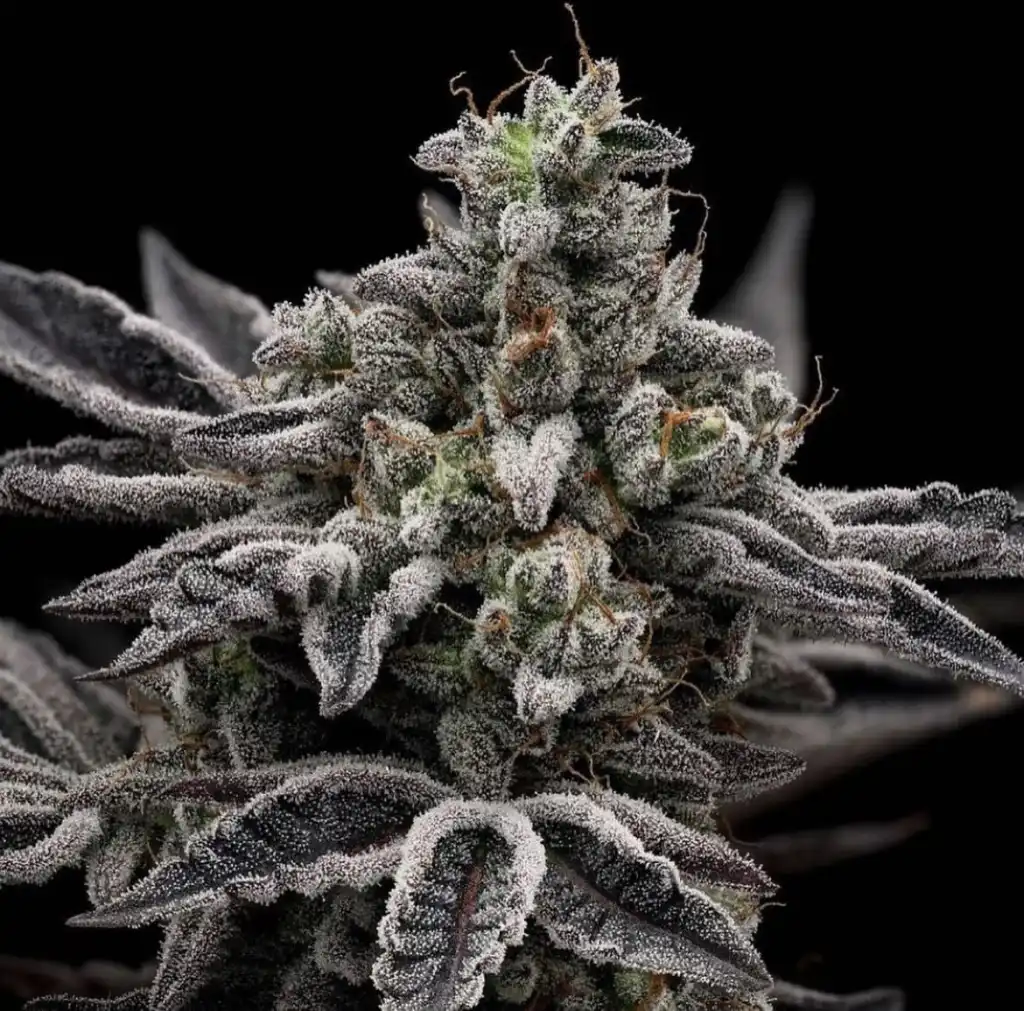Understanding the seasonal nuances of planting organic cannabis seeds is crucial for a successful cultivation journey. Whether you're a seasoned grower or a beginner, aligning your planting schedule with the California climate ensures that your cannabis plants thrive. Let’s delve into the seasonal considerations for planting organic cannabis seeds, exploring the optimal times to kickstart your cultivation.
Spring: Embracing Renewal and Growth
Spring Planting Essentials for California Organic Cannabis Seeds
As the days lengthen and temperatures rise, spring marks an ideal time to sow your organic cannabis seeds in California. The soil begins to warm, providing the perfect conditions for germination. During this season, the longer days and milder temperatures create an environment conducive to robust seedling development.
Guidelines for Spring Planting:
- Temperature Range: Daytime temperatures between 65-75°F are ideal.
- Sun Exposure: Aim for at least 12 hours of sunlight for healthy growth.
- Soil Preparation: Ensure well-draining soil enriched with organic matter.
- Summer: Harnessing the Sun's Energy
Maximizing Summer Sunlight for California Organic Cannabis Seeds
Summer brings the full force of the sun, offering ample sunlight for your cannabis plants. While the weather in California can be hot, diligent care during this season can lead to robust plants. Be cautious of excessive heat, and provide adequate hydration to your plants.
Guidelines for Summer Planting:
- Temperature Considerations: Watch for extreme heat; ensure proper watering.
- Sun Exposure: Aim for consistent sunlight while protecting plants from scorching.
- Watering: Maintain proper hydration without overwatering.
- Fall: Harvest Preparation and Flowering
Transitioning into Flowering: Fall Planting Insights
Fall is a critical season for cannabis cultivation, especially if you aim for a fall harvest. This season triggers the flowering phase, leading to the development of buds. In California, where the climate can remain mild in fall, this is an opportune time to consider planting for a late-season harvest.
Guidelines for Fall Planting:
- Flowering Preparation: Capitalize on decreasing daylight hours to induce flowering.
- Harvest Planning: Evaluate the desired harvest window based on strain and climate.
- Winter: Indoor Cultivation Considerations
Exploring Indoor Options for Winter Planting
In California, winter remains relatively mild, but outdoor cultivation might face challenges. Winter is an excellent time to consider indoor cultivation or greenhouse options. By controlling the environment, you can cultivate cannabis year-round, albeit with additional considerations for temperature and light.
Guidelines for Winter Planting:
- Indoor Setup: Invest in proper lighting and temperature control for indoor cultivation.
- Greenhouse Considerations: Explore greenhouse options for a controlled outdoor environment.
- Year-Round Considerations: Adaptability and Flexibility
Adapting to Your Unique Conditions
While the seasonal guide provides a general framework, adaptability is key. Microclimates within California can vary, impacting local temperature and sunlight patterns. Monitor your specific conditions and adjust your planting schedule accordingly.
Guidelines for Year-Round Adaptability:
- Microclimate Awareness: Understand local variations for precise planning.
- Flexibility: Be prepared to adjust planting times based on real-time conditions.
- Pest Management: A Year-Round Priority
Combatting Pests Proactively
Regardless of the season, pest management is a continuous concern for cannabis cultivators. Regularly inspect your plants for signs of pests, such as aphids or spider mites, and implement preventive measures. Utilize organic solutions, such as neem oil or beneficial insects, to maintain a healthy and pest-free environment. By addressing potential issues promptly, you contribute to the overall well-being of your cannabis plants.
Guidelines for Year-Round Pest Management:
- Regular Inspections: Conduct routine checks to identify and address pest issues early.
- Organic Solutions: Embrace eco-friendly pest control methods for sustainable cultivation.
- Environmental Considerations: Sustainable Practices
Prioritizing Environmental Responsibility
In the spirit of responsible cultivation, consider adopting sustainable practices year-round. Implement water conservation techniques, such as drip irrigation, and explore eco-friendly soil amendments. Sustainable cultivation not only benefits the environment but also enhances the quality of your organic cannabis. By minimizing your ecological footprint, you contribute to a healthier planet and a thriving cultivation endeavor.
Guidelines for Sustainable Cultivation:
- Water Efficiency: Utilize water-conserving systems to minimize wastage.
- Eco-Friendly Amendments: Choose organic and sustainable soil additives for a greener approach.
The Final Take
By incorporating the seasonal guidelines outlined in this guide, you lay the foundation for a successful cultivation journey. From pest management to sustainable practices, your commitment to responsible cultivation ensures not only a bountiful harvest but also a positive impact on the environment.
